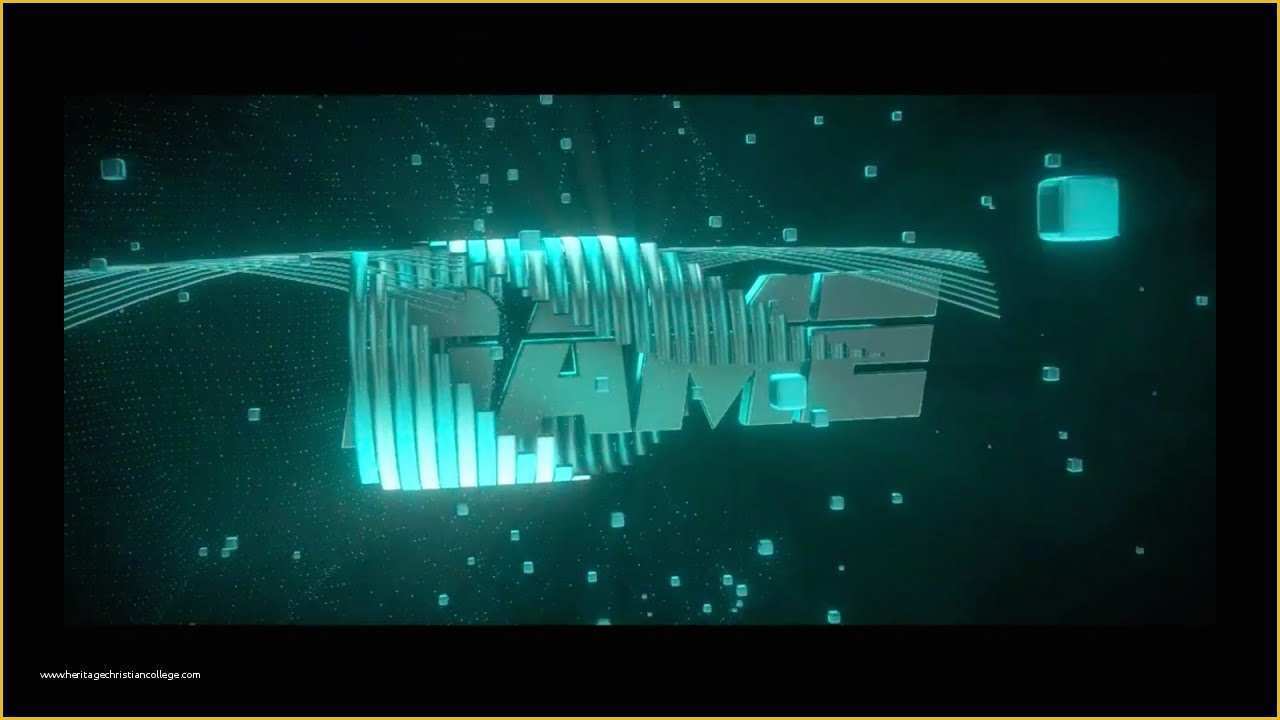


Putting each armature and mask set in their own collections can also help with organization.Īpplying a rest pose to the armature is relatively simple:

For organizational purposes, the duplicated mask and rig should be renamed based on their new pose. To get around this issue, it is useful to bind the item to an armature that has its rest pose set to the item’s modeled pose.Ī useful method to having a non-T-pose rest posed armature is to create a duplicate of the original armature and mask, applying the rest pose to the newly duplicated armature, and rigging the clothing item based on the rest pose. This difference between bones and joints creates a few issues in how the rig is handled in Blender that we need to work around.īlender applies its initial weighting data to an armature’s “rest pose.” This means that if you modeled items in an A-pose and try applying it to a T-pose rest pose armature, the item may shift out of the correct position in the initial binding operation. Blender uses bones, with their Y-axes designed to point to the next bone on the chain. Bones functionally also represent a single point in space, but have software-defined directions that it expects other characters to follow. Maya uses joints and generally tends to align joints with their X-axes pointing to the next bone on the chain. Joints represent a single point in 3D space with no software-defined preferred directions. Joints and bones serve similar functional purposes in 3D software, with slight differences that go along with their terminology. As virtually painting on influence is more approachable than assigning decimal numbers to individual vertices, we'll be focusing on this method of weight painting to save time and sanity. Weights can be numerically assigned or "painted" onto a model. In Blender, this type of data are called "vertex groups." Rigging is the process of saving data that tells a mesh's vertices how closely they should follow a given joint or bone. These joints or bones are special 3D objects that don't show up in rendering that set rules for how a character will move, often serving as pivot points. More technically: In 3D applications, the 3D geometry of a character is often controlled by joints or bones. Through the process of rigging, we’ll tell our item how to follow the avatar’s skeleton. Without rigging, an item won’t move with the avatar in the app. Rigging is the process of applying the data to make an item move with the ZEPETO avatar.


 0 kommentar(er)
0 kommentar(er)
